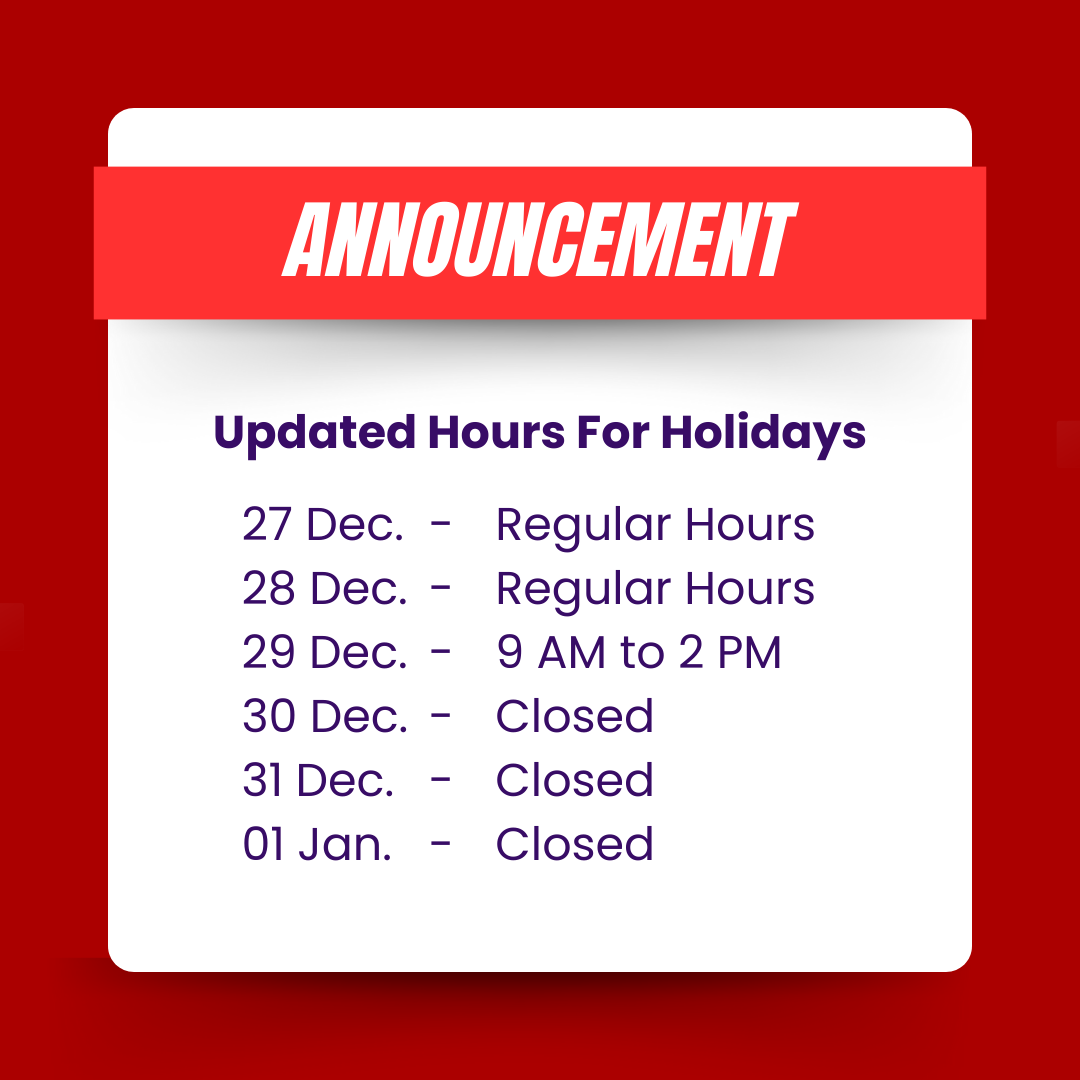Hydroplaning is when your vehicle slide uncontrollably on the wet surface of a road. Ever drove on a wet road and you feel your vehicle sliding right to left or when driving fast over a puddle and your steering wheels. Read below on how to Avoid Hydroplaning to prevent a dangerous situation
What causes hydroplaning?
Hydroplaning happens when a sheet of water comes between your tires and the pavement, causing your vehicle to lose traction and sometimes even spin out of control. It happens when rain fall starts to happen causing the oil residue on the road causing slippery conditions
Hydroplaning can also happen when water can’t drain off the road quickly enough or when puddles form. In these situations, your tires hit the water faster than they can push it away, causing them to ride on top of it
How do you avoid hydroplaning?
Maintain Tires. Keeping your tires properly inflated is important. Especially in bad weather conditions such as rain or snow. Having over- or under-inflated, you’ll lose traction and control more easily than if your tires are properly inflated. Read your owner’s manual for the accurate tire pressure.
Drive appropriately for the weather conditions. When the roads are wet, travel at a slower speed and leave plenty of space between the cars in front of you. The faster your wheels are moving, the harder it is to stop.
Avoid using cruise control. If your vehicle is equipment with a cruise control System, turn it off in the rain and maintain a safe speed, if you start hydroplaning, you would need to slow down without hitting the brakes.
What should I do if my vehicle is hydroplaning?
Take your foot of the gas. When you feel your vehicle hydroplaning, remove your foot from the gas pedal. If you keep your foot on the gas, your vehicle could move suddenly in the wrong direction when your wheels regain their traction.
Don’t slam on the brakes. When you’re hydroplaning, slamming on the brakes can make your tires lock and cause your vehicle to spin out of control. If you need to stop to avoid a collision and your car has an anti-lock braking system, Press the brakes firmly without slamming on the brakes, and keep your foot on the brakes until you slow down. If your vehicle is not equipped with ABS, Genially pump your brakes quickly
Get a grip on your steering wheel. While your foot is off the gas pedal, hold the steering wheel firmly and keep your vehicle pointing straight ahead.
Read More: 5 Ways to Save Money and Energy this Winter







